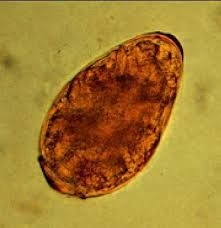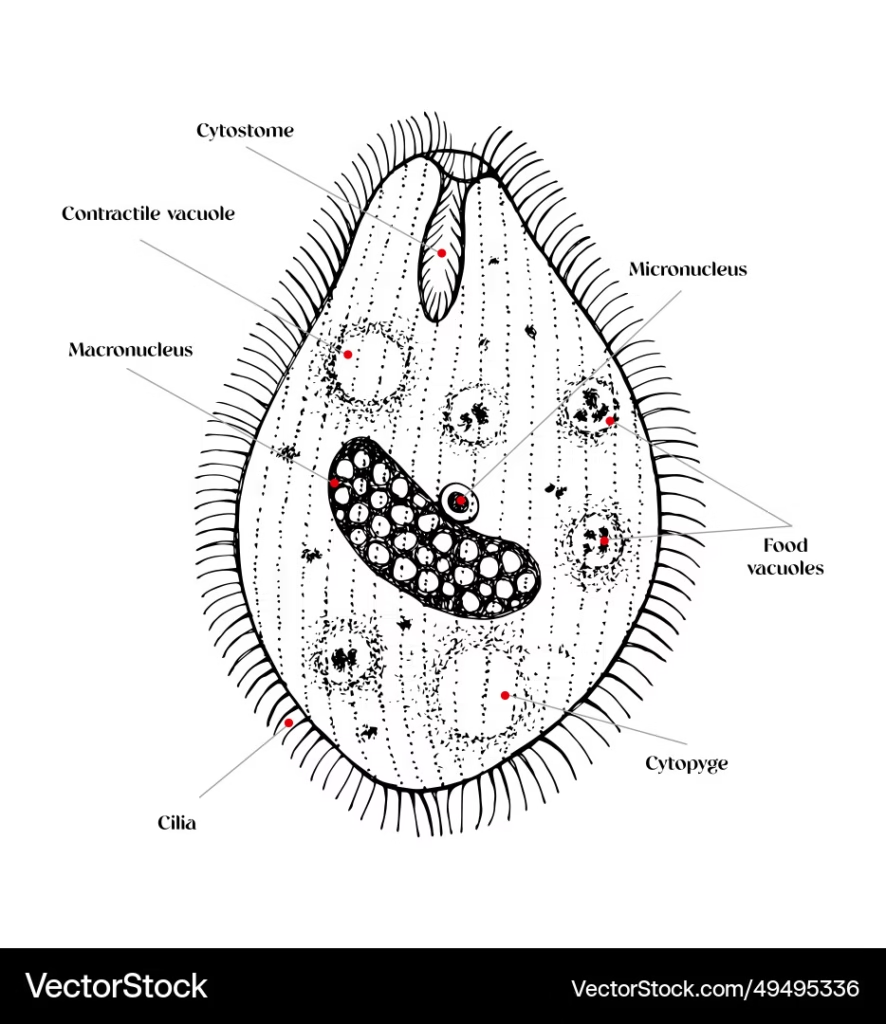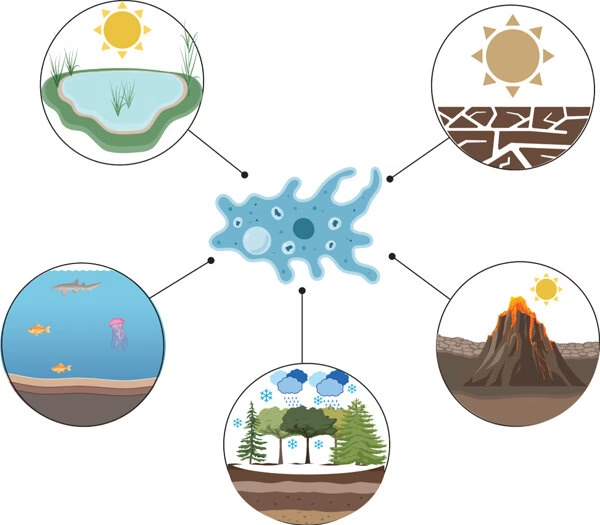Introduction The identification of vectors such as mosquitoes, flies, ticks, and fleas is a key component of understanding the transmission of vector-borne diseases, many of which are caused by parasitic Read More …
Category: Parasitology – III Yr
Serological and immunological techniques

Introduction Serological and immunological techniques are laboratory-based methods used to detect and measure the presence of specific antigens (substances that provoke an immune response) or antibodies (proteins produced by the Read More …
Trematodes

Introduction Trematodes, commonly known as flukes, are a group of parasitic flatworms belonging to the class Trematoda. These parasites are known for their leaf-shaped bodies and have complex life cycles Read More …
Balantidium coli

Introduction Balantidium coli is a ciliate protozoan that primarily inhabits the large intestine of humans and other mammals. Although it can infect many animals, humans are typically infected by ingesting Read More …
Free-living amoebae parasites

Introduction Free-living amoebae (FLA) are protozoan parasites that thrive independently in natural environments such as soil, freshwater, air, and dust. These amoebae can become opportunistic human pathogens, leading to severe Read More …